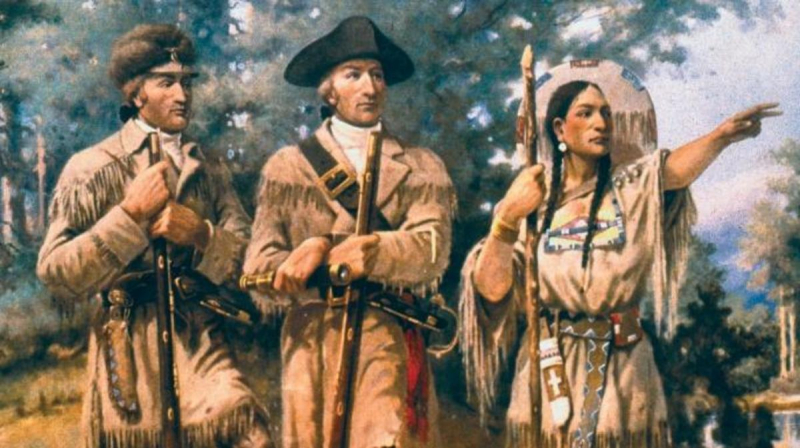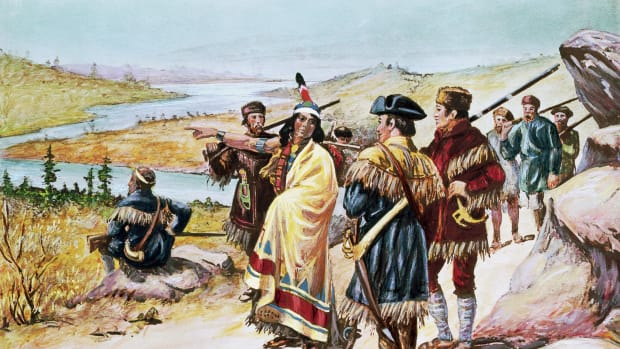Sacagawea play an important role in their expedition
A teenage Shoshone Indian named Sacagawea, who had been abducted from her tribe as a young girl, was one of the most illustrious members of the Lewis and Clark expedition. In 1804, while the explorers were spending the winter at a Hidatsa-Mandan hamlet, Sacagawea, her husband, and their infant boy first accompanied them. Later, as they traveled to the Pacific, she assisted them as a translator and occasionally as a guide.
Her reputation was well-deserved, and the expedition's success was largely due to her leadership. Sacagawea did a lot more than just serve as the corps' guide, which was technically her responsibility. She also assisted in locating landmarks that allowed the group to gauge how far they had traveled as well as edible and therapeutic plants.
That's not all, though. She has elements of an action heroine. The corps made as many boat trips as they could. Additionally, some of those boat journeys were exceedingly risky. Important valuables were once dumped into the river after a boat capsized. surrounded by a rushing river. Many of those misplaced goods were saved from the water by Sacagawea, who reached over the side of the boat with her free hand. And if that weren't impressive enough, she carried her infant in the other arm while completing all of that. The renowned voyage log that Lewis kept is one of the things she preserved that day. The corps benefited from Sacagawea's sheer presence in ways they didn't even realize at the time. Native Americans thought the presence of sucker Julia was evidence that the corps were peaceful travelers as many Native American cultures did not include women in war parties. In addition, because the group was traveling with a pregnant woman and later a mother and child, several tribal warriors refrained from attacking them.











